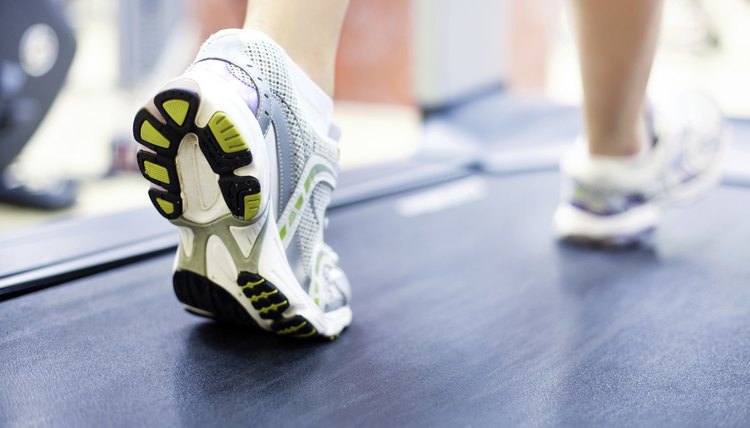What Burns More Calories Treadmill, Cross Trainer, or Bike?

There is no difference in the number of calories burned on a cross trainer, bike or treadmill if you maintain the same heart rate on all three machines. However, your perceived intensity required to maintain a given heart rate may vary for each piece of equipment.
Considerations
Accurate calculation of calories burned per hour factors in body weight. As body mass increases so does the heart rate and number of calories burned per hour. In addition, as your physical fitness level increases the calories you burn per hour decrease.
Treadmill
The pace you maintain on a treadmill determines the number of calories you will burn. For example, a 155-pound person walking at 3.5 miles per hour burns 356 calories per hour. If the same person walks 4.5 miles per hour, he will burn 444 calories per hour.
Bike
Using a stationary bike burns fewer calories than biking outdoors. A 155-pound person exerting a moderate amount of energy will burn 420 calories per hour on a stationary bike versus 480 calories while bicycling outdoors.
Cross Trainer
When you use a cross trainer, also known as an elliptical, you decrease the impact on your bones and joints. Because you engage many more muscle groups, you may burn more calories at a lower level of perceived exertion compared to a bike or treadmill. A 155-pound person using a cross trainer for an hour at moderate intensity burns 570 calories.
References
- "The Cardio-Free Diet"; Jim Karas; 2008
Writer Bio
Genevieve Jackson has written for "10th Life" and "Double A Beauty" since 2005. She is an entrepreneur with experience in risk management. She also engages in motivational speaking for entrepreneurs. Jackson received a bachelor's degree in political science from the State University of New York at Buffalo.
